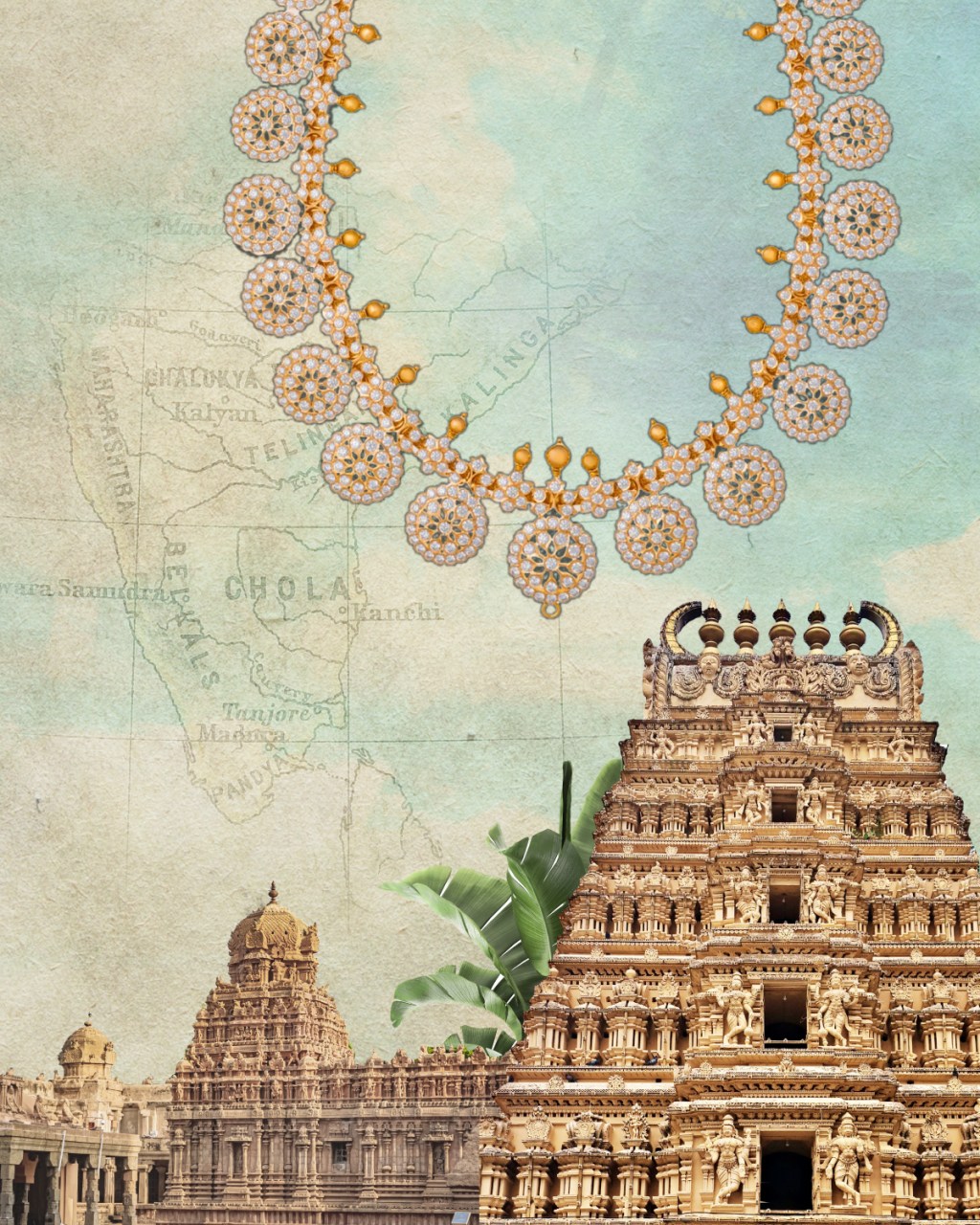From Golconda To France: The billion-year-old legend of the Hope Diamond
As wondrous as each diamond therefore is, there are some that history chooses to make more remarkable than the others. But none more so than the Hope diamond that has dazzled the world with its blue light across three centuries.
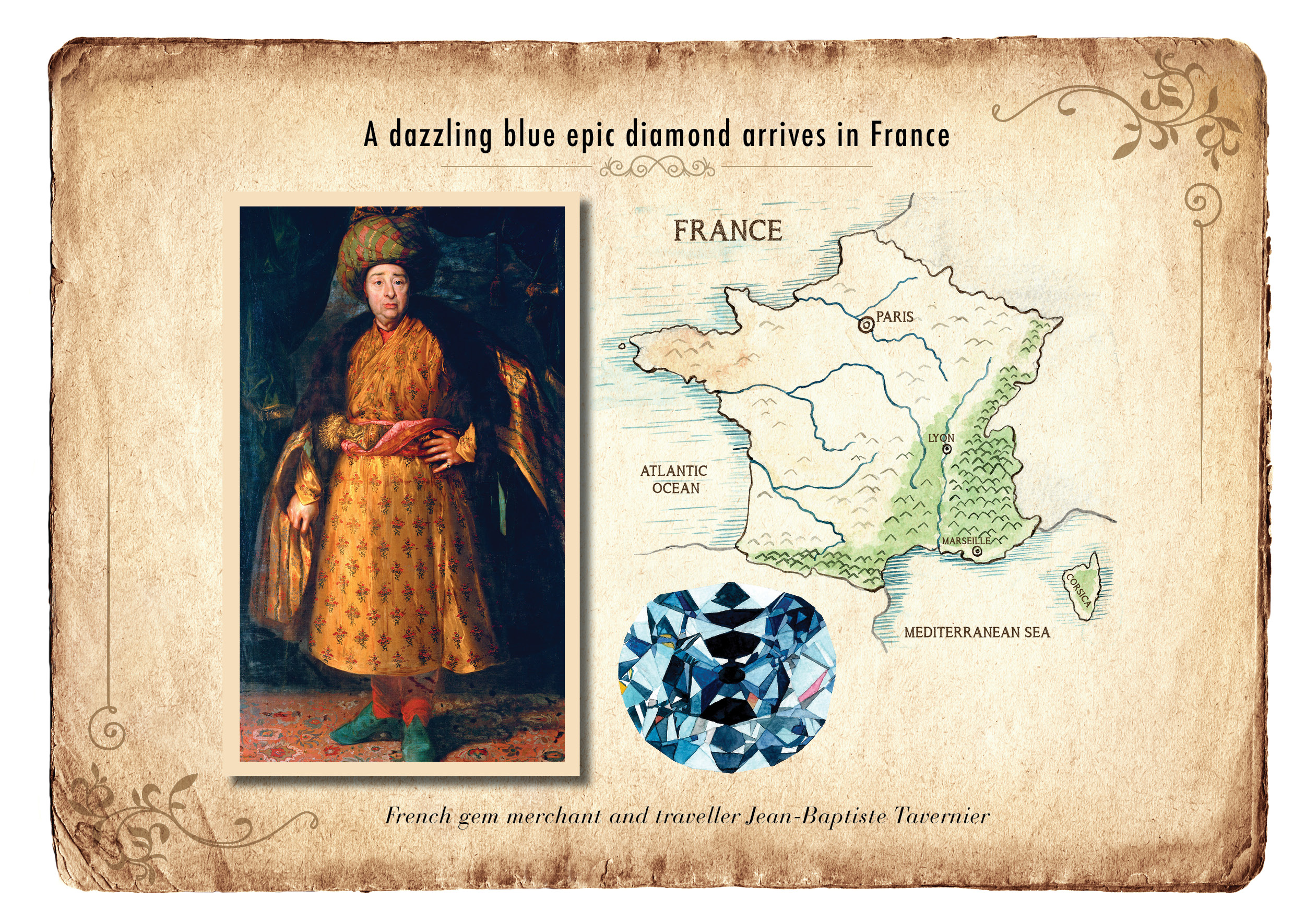
Provenance is everything when it comes to diamonds. These storied diamonds are made famous by those who owned, flaunted and loved them. But here is a natural diamond, defined only by its billion-year-old origin story from the fabled mines in Golconda. Kings, glamorous entertainers, and celebrity jewellers have clamoured to be associated with this gem, becoming part of its amazing story along the way. This is the legend of the Hope diamond.
When Jean-Baptiste Tavernier set sail from India heading home in 1666, fresh from one of his several trips to the subcontinent in search of natural diamonds, things were certainly looking up for him. That is because, unknown to all the other passengers on the ship, in his luggage the French jeweller and traveller had about a dozen brilliant natural diamonds in different hues of the rainbow, that he knew would interest his sovereign King Louis XIV. Tavernier had had an especially fruitful trip this time around to “Gani” (mine) Kollur in the Golconda Sultanate, a place he had noted in his diary as the source of some exceptionally coloured diamonds. And among the ones he procured, there was one that stood out– a roughly cut, triangle-shaped diamond of the most brilliant, inky blue hue. And at 116 carats, it was by far bigger than anything else Tavernier had managed to get his hands on. He knew the King would be pleased.
Once in France, the diamond was an instant sensation and became known as the Tavernier Blue. Those lucky enough to see the diamond firsthand were amazed by the rock’s size and unique shape. Its stunning blue left them dumbstruck and the science of it was only discovered much later.
It’s hard to wrap our heads around the number billion. And yet that is how many years it took for many of the natural diamonds we know to gestate deep in the depths of the planet, slowly taking glorious shape.
As the Hope diamond formed in the depths of the Kollur mines with carbon atoms slowly coming together to form large natural diamonds, trace atoms of boron combined with them, creating something extraordinary. The blue colour is a phenomenon resulting from the interaction of light with these boron atoms and it is as rare as it is magnificent.
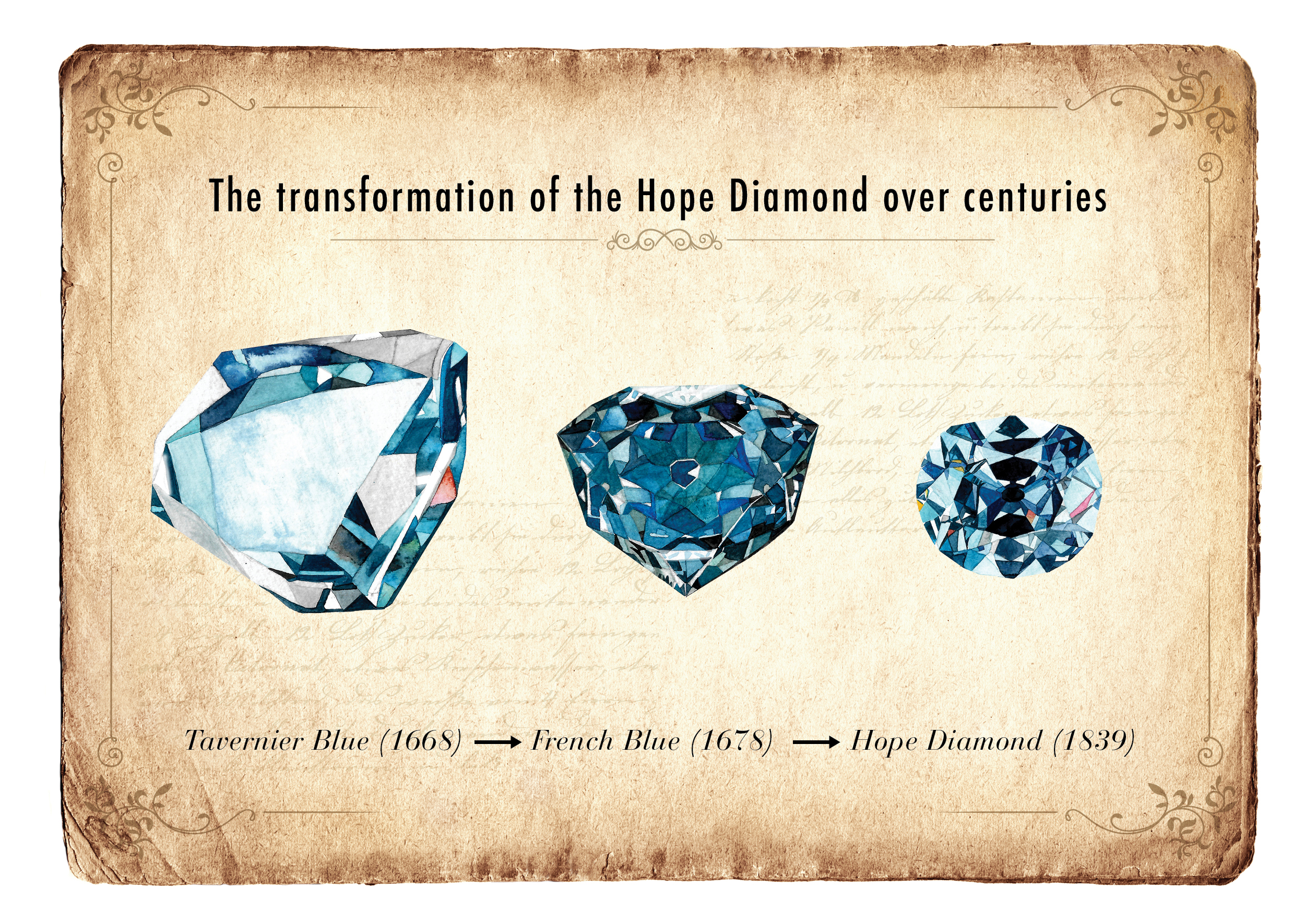
Needless to say, Tavernier found an eager buyer in Louis XIV and sold the rough natural diamond along with a vast treasure of other gems to the monarch in exchange for a title of nobility and riches worth 147kg of pure gold.
Once in his possession, the king immediately set about leaving his own mark on this natural wonder. His instruction to the court jeweller was to make him something he wouldn’t easily forget. Two years later, the king got his wish. The rock was now significantly smaller, around 69 carats, but it had retained its triangular shape. So skilfully had the jeweller gone about his task of cutting and faceting, that the diamond glimmered as if it had a sun in its heart, radiating dazzling blue light. The jeweller set the rock into Louis XIV’s cravat pin and it took its place in the crown jewels. From then on it became known as the Blue Diamond of the Crown of France, or more simply, the French Blue.
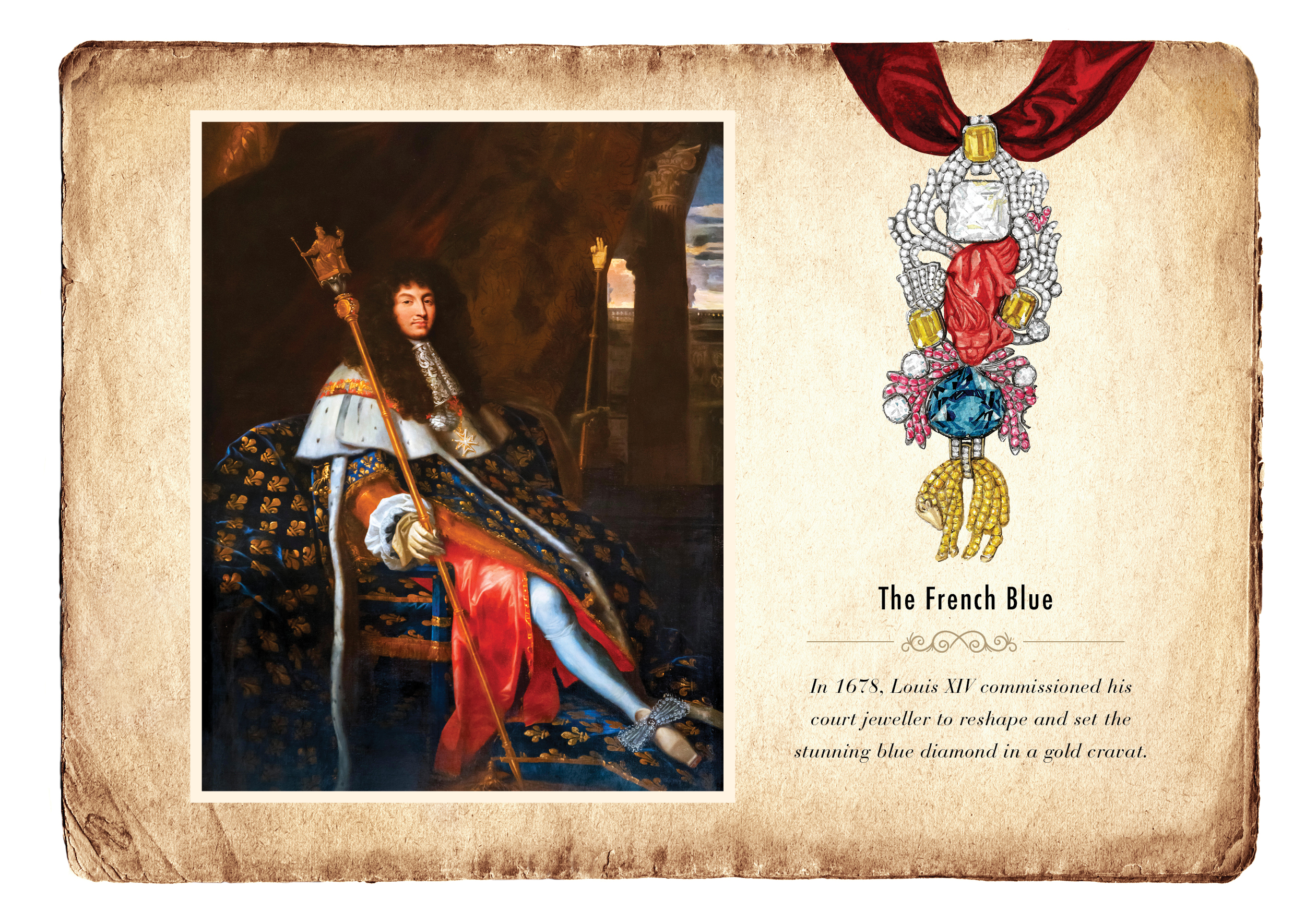
For the next few generations, Louis XIV’s descendants wore the diamond as part of different ornate royal jewels, the gem being reserved for the exclusive use of the regent of the day only. It was in Louis XVI’s possession when France got swept up in revolutionary fervour and both the king and his wife, Marie Antoinette, found themselves at the business end of a guillotine after hastily being sentenced to death by the mob. While they were imprisoned though, the crown jewels including the French Blue, were sacked by groups marauding through Paris and the rock seemed to disappear without a trace.
Only later was it found out that soon after it was stolen in 1792, the French Blue was hastily and badly cut, in part so it would never be identified as the same rock. The larger piece that resulted from this botched attempt at recutting the diamond weighed around 45 carats with the remainder forming a second rock whose whereabouts are a mystery to this day.
The larger diamond was then believed to have been snuck out of Europe and sold to George IV, the King of the United Kingdom. After his death in 1830, the recut French Blue had to be sold to cover some portion of the substantial personal debt the late king had taken on in life. An incredibly wealthy London-based banker and financier, Thomas Hope, took the opportunity to acquire this rare jewel. And whether it was because the diamond stayed in his family for so long or whether the emotion the name seemed to evoke, from then on it became famous around the world as the Hope Diamond.

Passed down from generation to generation, the diamond was the family’s pride and was even said to be worn by May Yohé, an impossibly glamorous American theatre actor, when she was married to Hope in the late 19th Century. When descendants of the family were finally forced to sell the rock to stave off bankruptcy, it made its way to America, then back to France changing hands frequently. According to rumours, during its travels around the world, the Hope Diamond was even briefly part of the private collection of Sultan Abdul Hamid II, the ruler of the erstwhile Ottoman Empire.
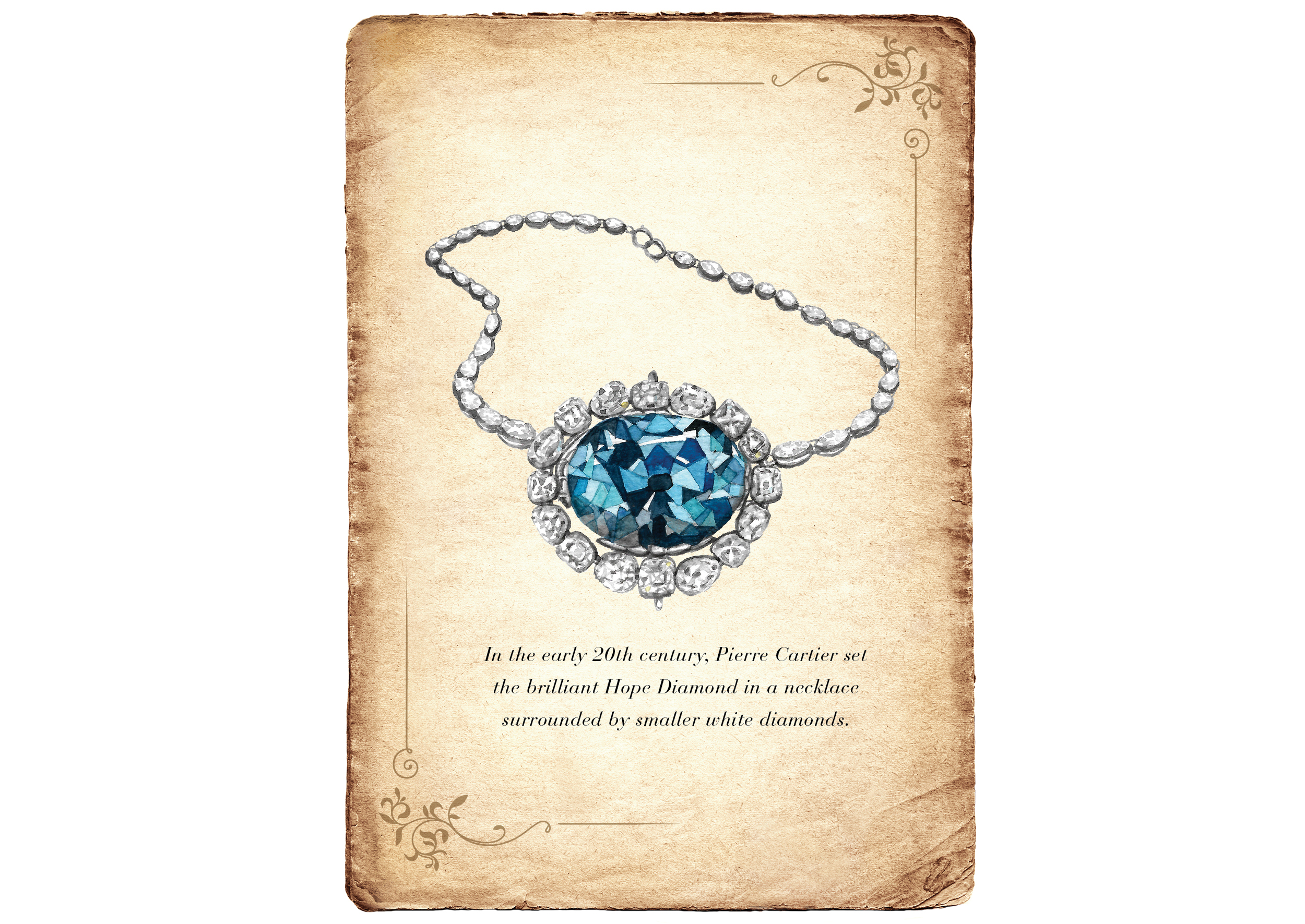
It passed from jeweller to collector for many years before making its way to the famous house of Cartier. Pierre Cartier sold the stunning gem, now set in platinum with a halo of smaller pear-cut diamonds around it, to the American coal heiress and socialite Evalyn Walsh-McLean. She adored it and was often photographed wearing it as part of her Art Deco-inspired ensembles at the lavish galas she hosted in her luxurious mansions. And as hard as it is to believe, Walsh-McLean often lost the diamond during these soirees and made a game out of it, asking her guests to help “find the Hope”.
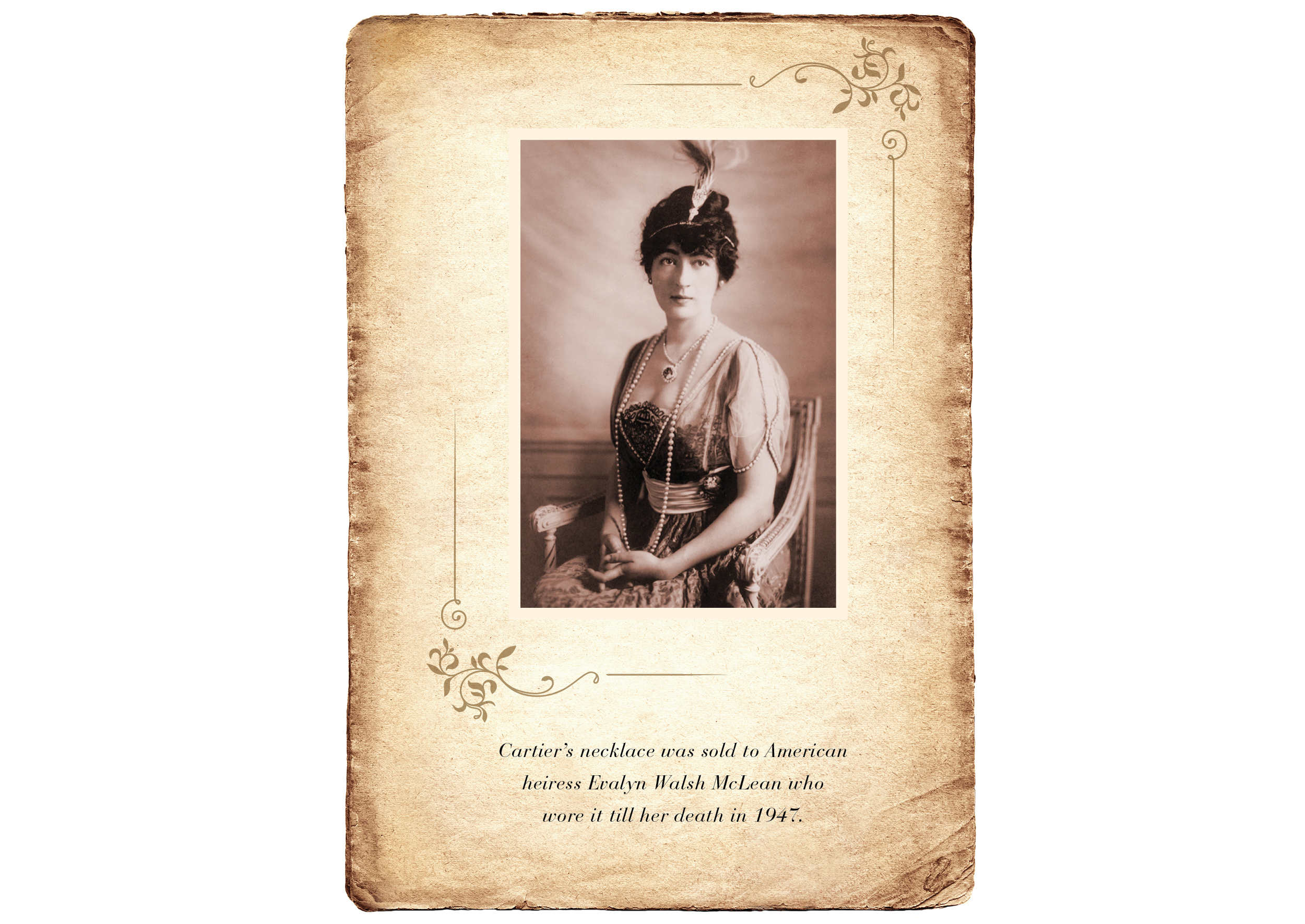
After Walsh-McLean’s death, the Hope along with all her jewels was sold to jeweller Harry Winston who spent the next few years touring the US showing off the splendid gem to rapt audiences as part of his The Court of Jewels tour. But George Switzer, an American mineralogist working at The Smithsonian, had bigger dreams for the Hope. He wanted to establish a national gem collection in the US so that for the first time in history, treasures like the Hope could be viewed by the general public. After years of persuasion, Switzer finally managed the unlikely task and convinced Winston to donate his prized Hope to this noble cause.
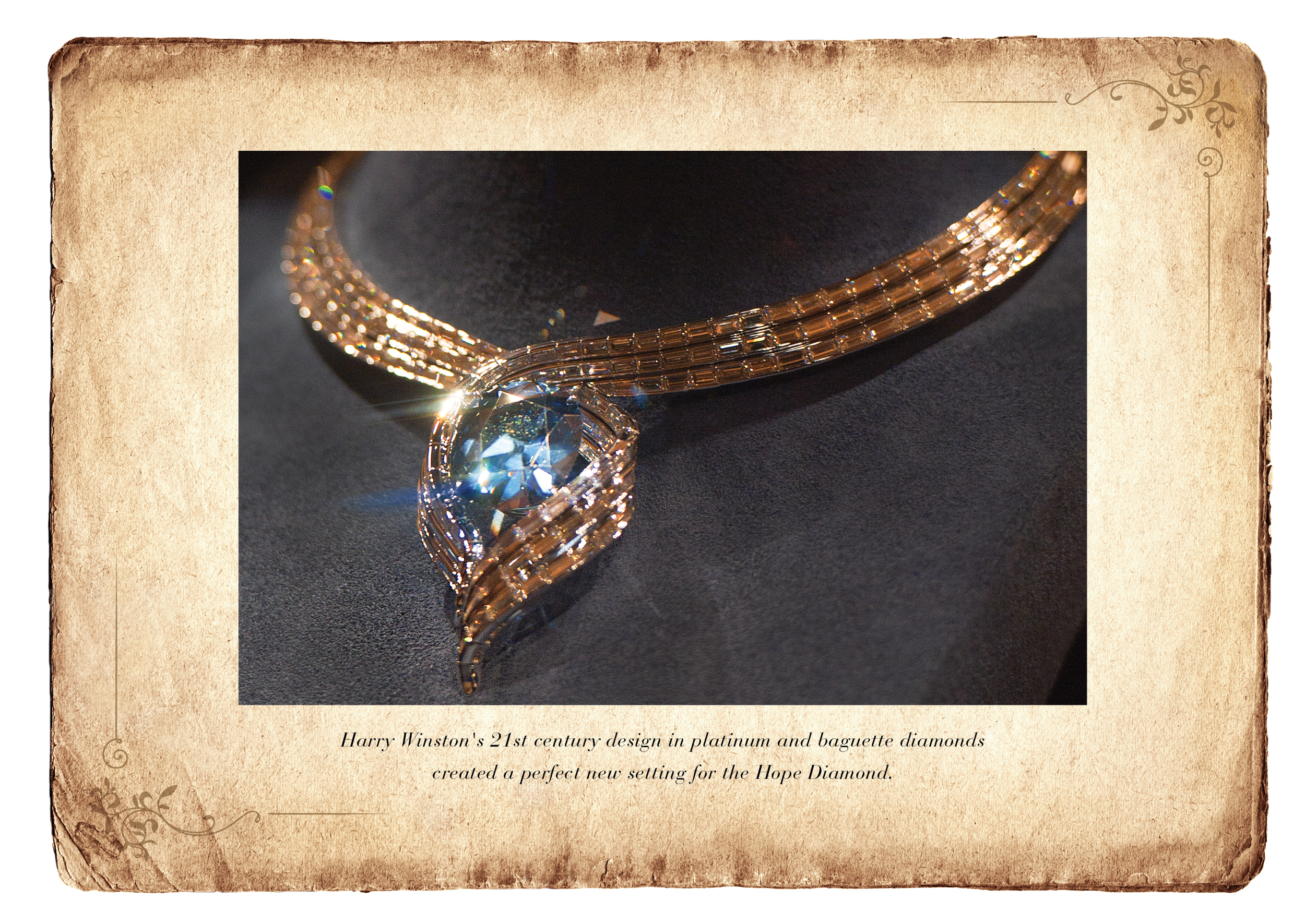
So on the morning of 10 November 1958, Winston stuffed the Hope in a nondescript postage box, stuck stamps worth US$2.44 (around INR 12 at the time) on it, paid US$142.85 (around INR 680) to have it insured for the sum of US$1mn, nowhere near the value of this invaluable bit of history, and sent it off in the regular mail. Thankfully, it made it to its intended recipient and the diamond became one of the founding stones of The Smithsonian’s incredibly rich National Gem and Mineral Collection, one of the largest such collections anywhere in the world today.
Switzer though was a lot more careful about handling the stone, especially whenever it went on tour, as it frequently did. On one such occasion when the Hope was headed to the Louvre in 1962, he had his wife sew him a velvet pouch specially designed for the gem and he pinned it to the inside of his trouser so the Hope would be on his person at all times during the flight to Paris.
Today it resides inside its bulletproof glass vault home at the Janet Annenberg Hooker Hall of Geology, Gems, and Minerals on the second floor of the National Museum of Natural History in Washington D.C. So the next time you are there, take a few extra moments as you saunter past the Hope to reflect on its remarkable story. You are in the presence of a natural miracle on a billion-year journey through time and space.
